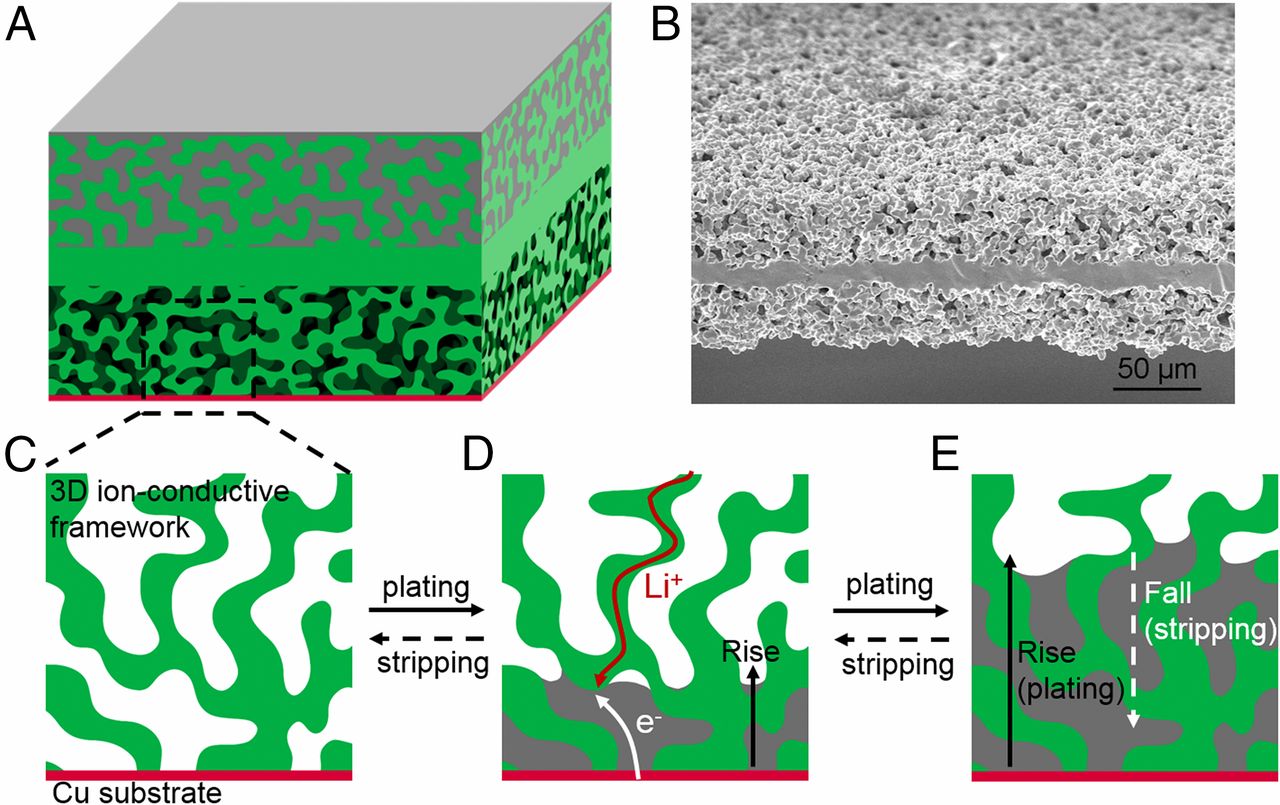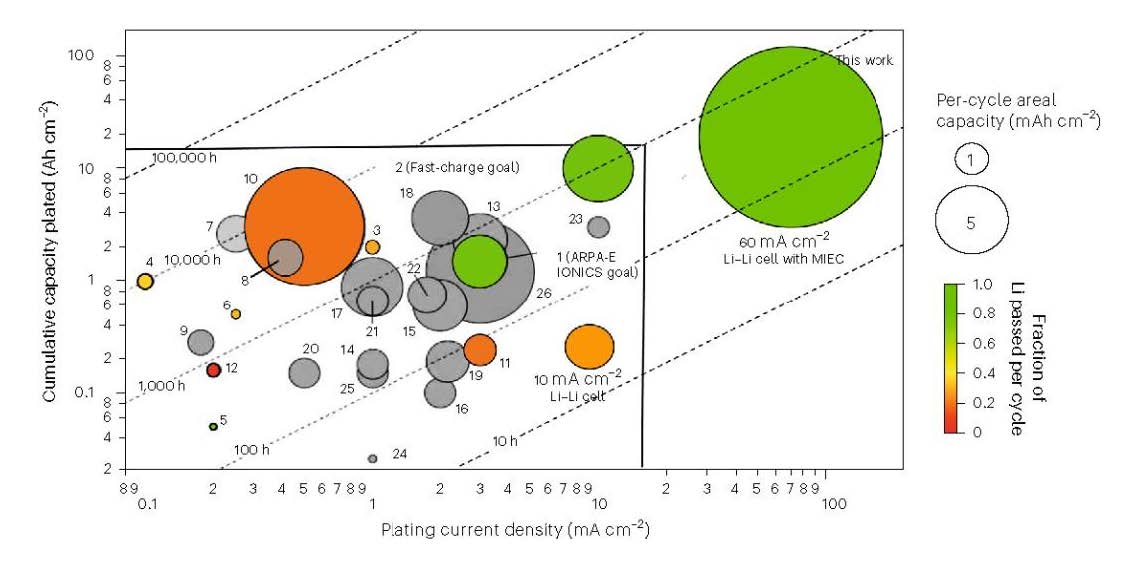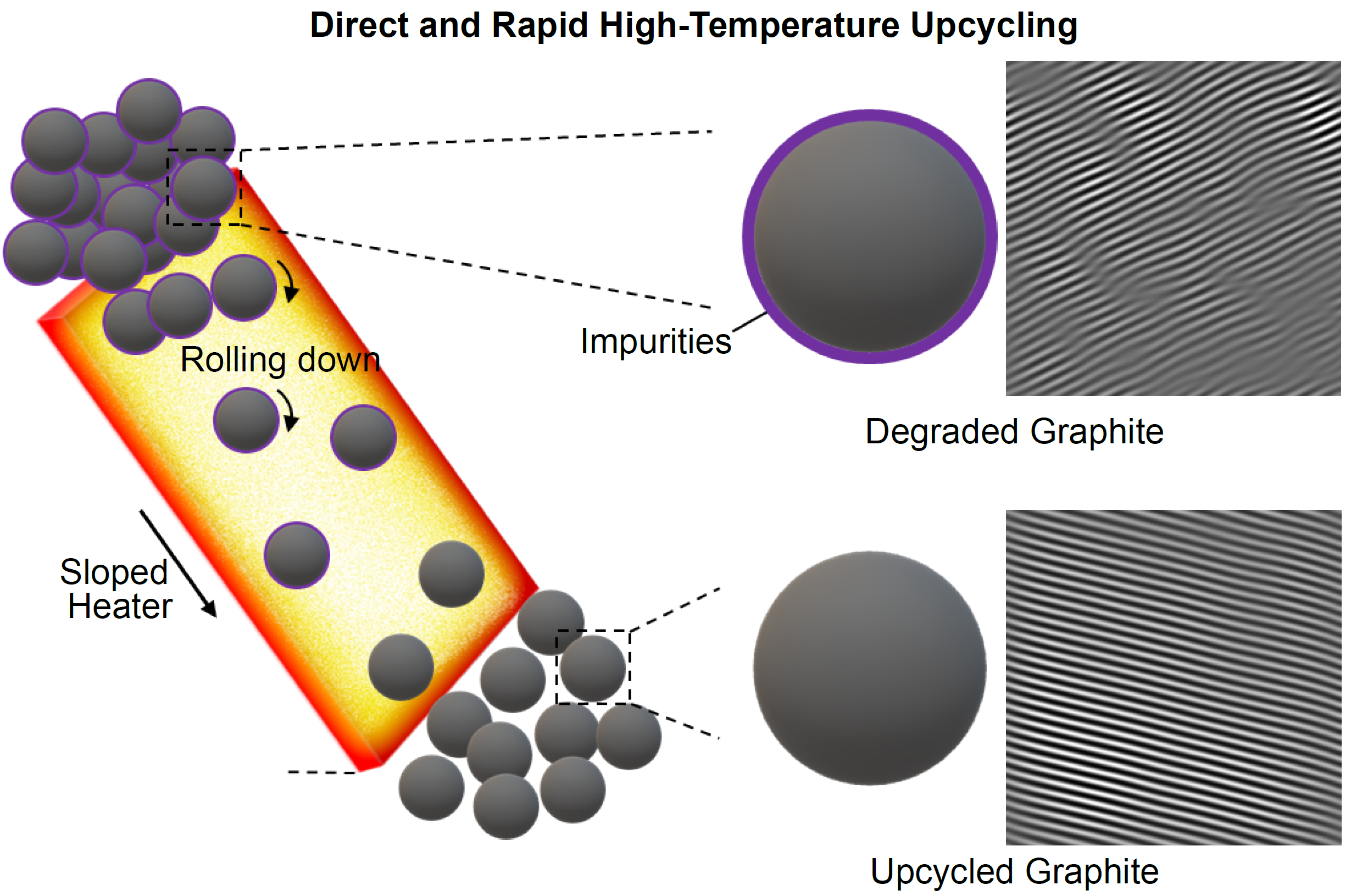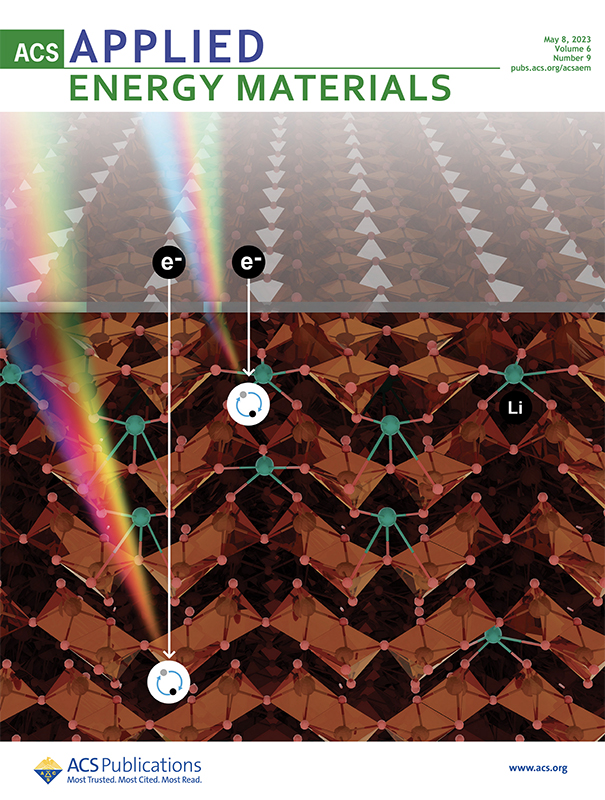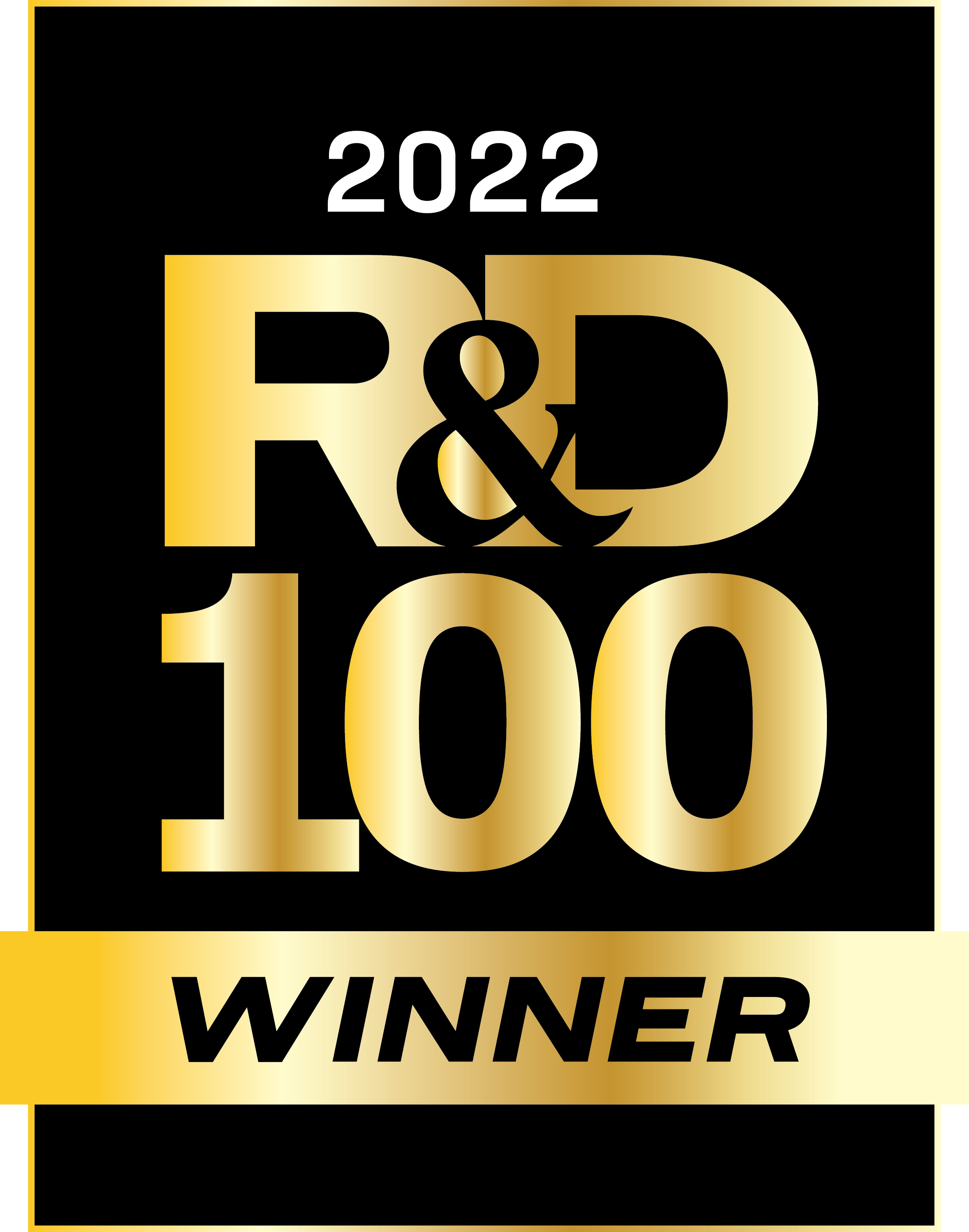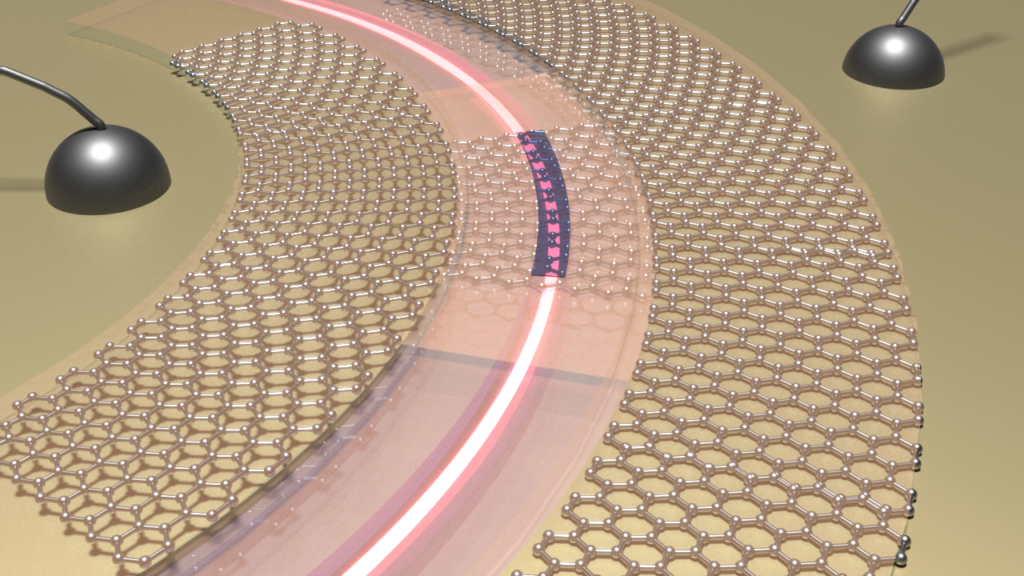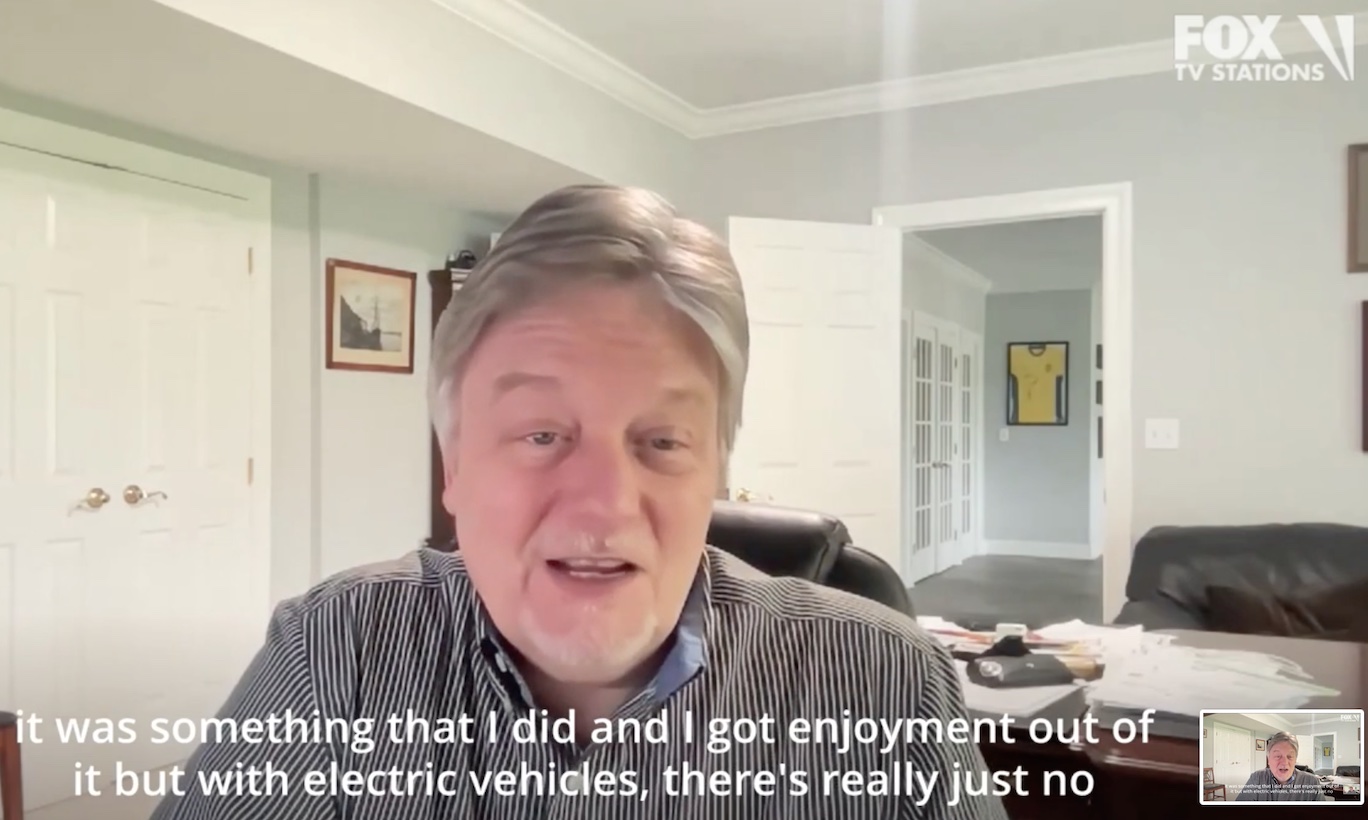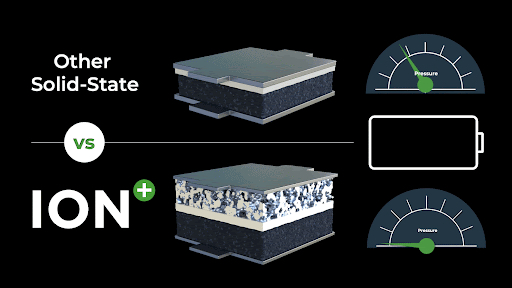News Story
UMD ARPA-E Innovations transitioning to commercial reality
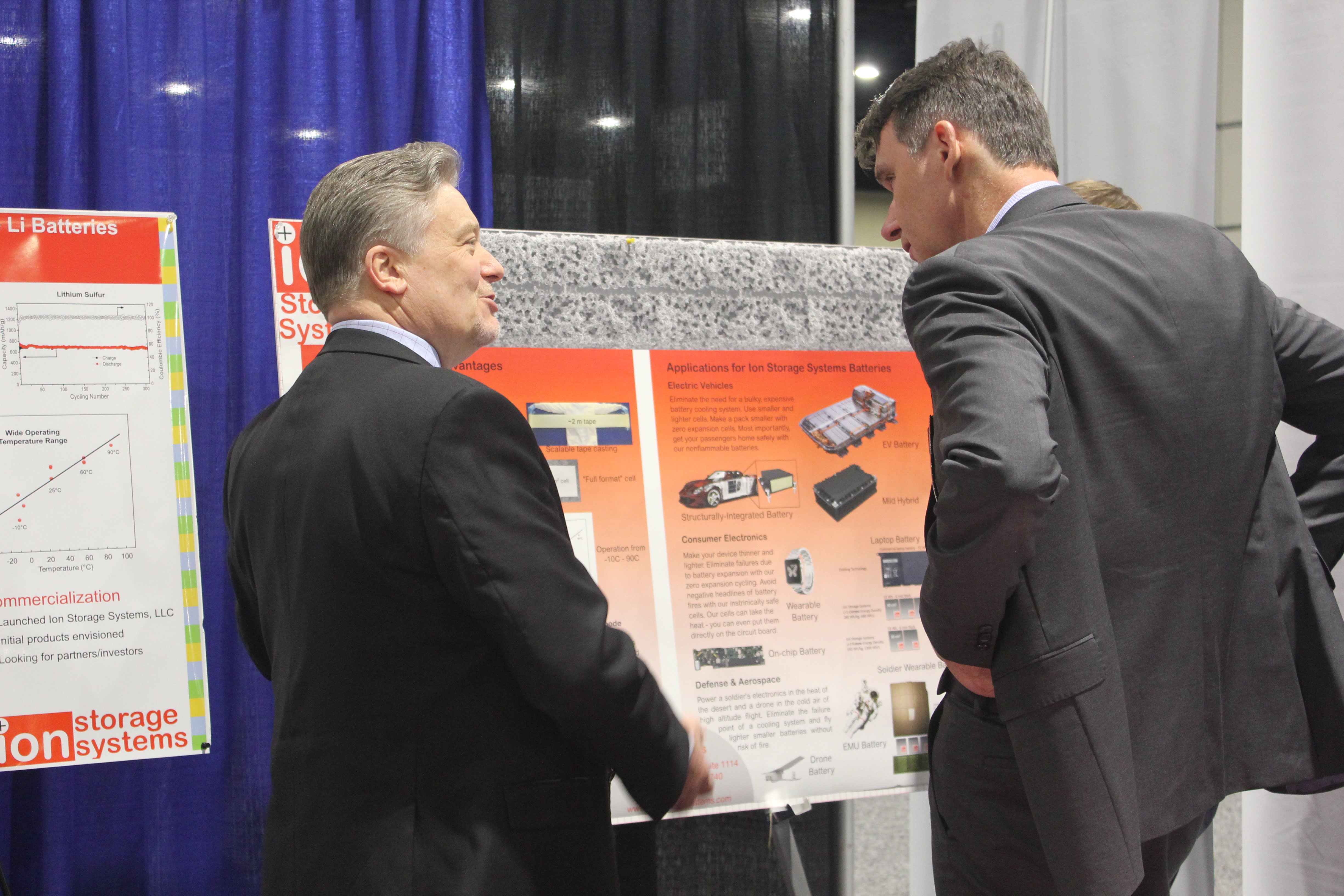
The 2018 U.S. Department of Energy’s Advanced Research Projects Agency – Energy (ARPA-E) Innovation Summit kicked off on March 13. The University of Maryland (UMD) hosted eight ARPA-E awardee booths during the Technology Showcase, highlighting their innovative energy technologies. Over 2000 attendees from academia, business and government attended the summit whose aim is moving transformational energy technologies out of the lab and into the market.
Dr. Eric Wachsman, Director of the Maryland Energy Innovation Institute (MEI2) and William L. Crentz Centennial Chair in Energy Research at UMD, participated in the Summit Pitch and Networking Event sponsored by the American Energy Innovation Council (AEIC). He promoted his local start up company, Ion Storage Systems, LLC (http://www.ionstoragesystems.com), which is commercializing solid-state Li-battery technology he and Professor Liangbing Hu have developed at MEI2. The technology provides the highest specific energy available, in a lighter, non-combustible material while operating at a wider range of temperatures. Following his pitch, his booth in the technology showcase garnered notable attention from venture capitalists and technology companies.
Dr. Wachsman’s ARPA-E award “Safe, Low-Cost, High Energy-Density, Solid-State Li-Ion Batteries”, one of the earliest of UMD’s 16 ARPA-E awards, is now in the latter stage of development as it transitions into the commercial market. "Its a tremendous opportunity to be on the ARPA-E stage to pitch investment in a company we’ve spun-off to commercialize that technology” said Wachsman. Potential partners include the defense and aerospace industries, consumer electronics and electric vehicles.
Two additional UMD professors and ARPA-E awardees were specifically highlighted during the Technology Demonstrations. A large crowd was on hand as Dr. Lei Zhang, Herbert Rabin Distinguished Professor of Civil Engineering and Director of the Maryland Transportation Institute at the University of Maryland, demonstrated how personalized and real-time incentives is precisely delivered to individual travelers for significant energy savings.
When asked about the commercial viability, Dr. Zhang replied, "With personalized, real-time, monetary and non-monetary incentives, incenTrip nudges travelers to choose the best travel mode, schedule, route and driving style for themselves and for the system as a whole. It has the potential to revolutionize the way how government agencies manage travel demand and corridor traffic for reduced congestion, energy use, and emissions."
Additionally, Professor Hugh A. Bruck and David Hymas, PhD student, at UMD were on hand to demonstrate a novel Polymer Composite Heat Exchanger enabled by a Novel Additive Manufacturing technique to yield superior thermal performance at reduced pressure drops and with substantial weight reduction when compared to state of the art corresponding heat exchangers. Developed with support from the ARPA-E ARID program, the heat exchanger technology has diverse thermal management applications and a demonstrated potential to introduce transformative changes to the way heat exchangers are designed and fabricated. Hymas (shown during the demonstration) said, “We were very happy with the turn out for the Technology Showcase demonstrating the Cross-media Fiber Heat Exchanger and Metal Fiber composite printing technology. A wide verity of Public/Private investors/sponsors were pleased with the progress that the technology has made and indicated a keen interest in working with us on this project and future projects we will have at the Advanced Heat Exchanger and Process Intensification Laboratory."
Other UMD energy innovations on display included the Robotic Personal Conditioning Device, demonstrated at last year’s ARPA-E showcase; Meta Cooling Textile with Synergetic Infrared Radiation and Air Convection for Bidirectional Thermoregulation, a thermally responsive clothing fabric that extends the skin's thermoregulation ability to maintain comfort in hotter or cooler office settings; Hybridized Mg2+/H+ Aqueous Chemistry as High Energy and Safe Rechargeable Battery for Vehicle Electrification, which doubles energy storage capacity, for a much lighter energy storage system; and Novel Microemulsion Absorption Systems For Supplemental Power Plant Cooling, which improve upon the efficiency of commercially available chillers by 300%.
MEI2 brings together science, industry, government and economic leaders to develop new energy technologies and facilitate the transfer of technology ideas into a reality. For more information, please visit: http://energy.umd.edu
Published March 26, 2018
